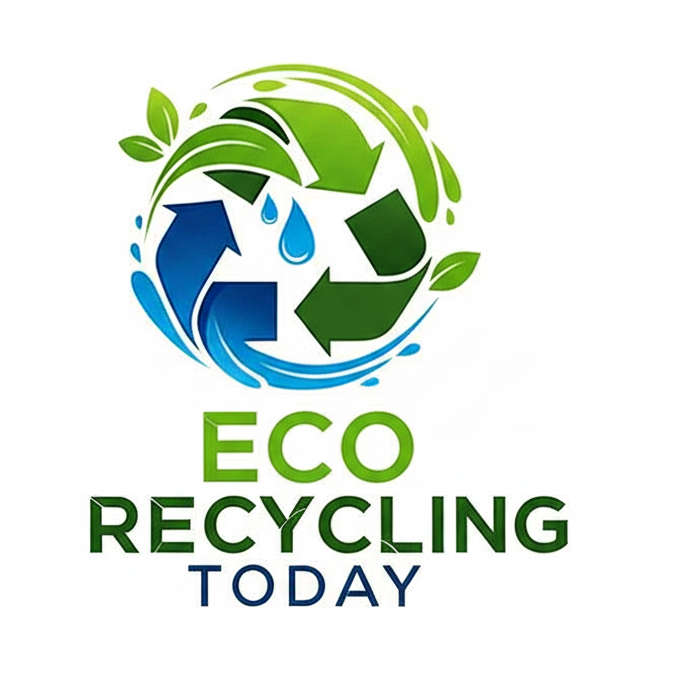Plastic number 4, also known as Low-Density Polyethylene (LDPE), is a type of thermoplastic made from petroleum. It is known for its flexibility, durability, and moisture resistance, making it a widely used material in packaging and consumer products.

Common Uses of LDPE Plastic
- LDPE is frequently used in a variety of everyday products, including:
- Plastic bags (grocery bags, sandwich bags, and trash bags)
- Squeeze bottles (for condiments, honey, and personal care products)
- Plastic wrap and film (cling wrap, shrink wrap, and bubble wrap)
- Packaging materials (milk carton lining, frozen food bags, and six-pack rings)
- Wire and cable insulation (due to its flexibility and resistance to moisture)
Advantages of LDPE
LDPE offers several benefits that make it a preferred material for various applications:
- Flexibility – LDPE is highly flexible, making it ideal for applications requiring stretchability and adaptability.
- Durability – It has excellent resistance to impact, making it less likely to break or crack under stress.
- Moisture Resistance – LDPE prevents water penetration, making it suitable for packaging food and other moisture-sensitive products.
- Chemical Resistance – It resists acids, bases, and many chemicals, enhancing its lifespan in different environments.
- Lightweight – LDPE is lightweight, reducing transportation costs and energy consumption.
- Low Production Cost – Its affordability makes it a cost-effective choice for manufacturers and consumers alike.
Is LDPE Plastic Safe?
LDPE is considered one of the safer plastics for food storage because it does not contain Bisphenol A (BPA) or phthalates, which are chemicals linked to health concerns. However, it is not as heat-resistant as other plastics and can leach chemicals when exposed to high temperatures. It is best to avoid microwaving or heating food in LDPE containers.
Is LDPE Recyclable?
LDPE is recyclable, but its recycling process is more complex compared to other plastics like PET (Plastic #1) and HDPE (Plastic #2). It is often not accepted in curbside recycling programs, so you should check with your local recycling center before disposing of LDPE products.
How to Recycle LDPE Plastic
- Check local recycling programs – Some facilities accept LDPE, while others do not.
- Drop off at designated collection bins – Many grocery stores have drop-off bins for plastic bags and wraps.
- Reuse LDPE products – Instead of discarding, consider reusing LDPE bags and containers for storage or other purposes.
Recycling Machines for LDPE
Recycling LDPE requires specialized machines that can process the material efficiently. Some common types of recycling machines used include:
- Shredders – Break down LDPE plastic into smaller pieces for easier processing.
- Extruders – Melt and reshape LDPE into new plastic forms.
- Washing systems – Clean LDPE materials to remove contaminants before processing.
- Pelletizing machines – Convert processed LDPE into small pellets that can be used to manufacture new products.
Using advanced recycling machines helps improve the efficiency of LDPE recycling, reducing plastic waste and promoting sustainability.
Environmental Impact of LDPE
While LDPE is lightweight and durable, it poses an environmental challenge due to its slow decomposition rate. Plastic bags and films made from LDPE contribute to plastic pollution when not disposed of properly. Efforts such as recycling, reusing, and using eco-friendly alternatives can help reduce LDPE waste.
Plastic number 4 (LDPE) is a versatile and commonly used plastic, especially in packaging and consumer goods. While it is relatively safe for food storage, its recyclability is limited in many areas. Being aware of its environmental impact and opting for responsible disposal methods can help minimize its footprint.
